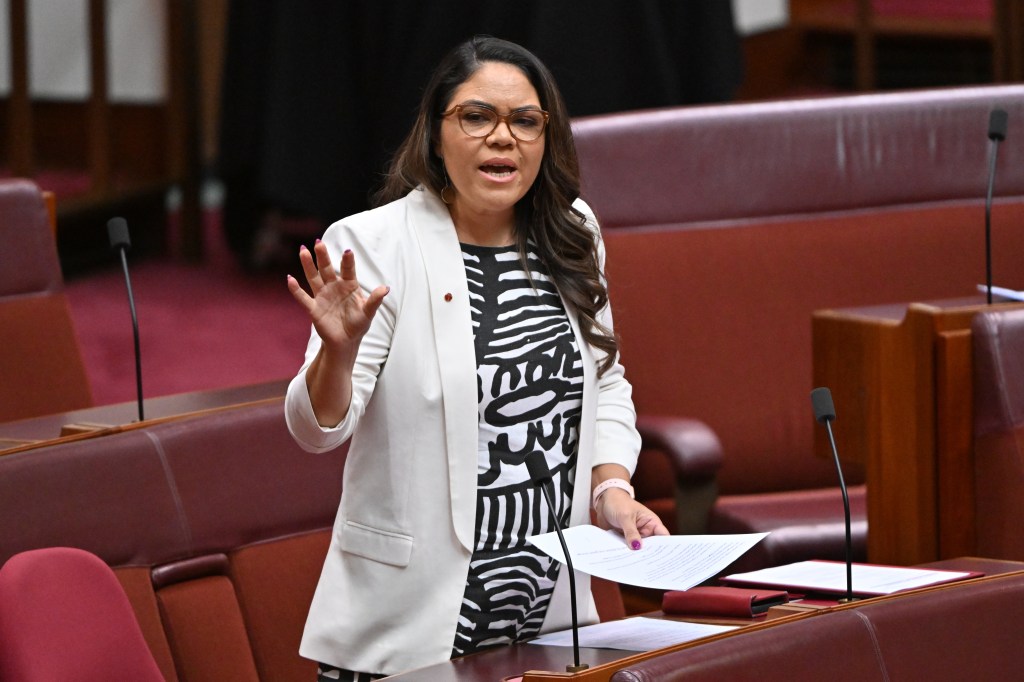Fluoride misinformation risking regional Queenslanders’ health

The growing anti-fluoridation movement in regional Queensland is putting the oral health of children at risk, according to the AMA Queensland president.
Dr Nick Yim told 4RO Breakfast today that while 90 per cent of Australians have access to fluoridated water, this figure drops to 70 per cent in Queensland, with most supplies concentrated in the southeast.
Councils like Rockhampton and Gladstone have recently voted to remove fluoride from their water, a decision Dr Yim described as “disappointing.”
“The evidence is crystal clear that fluoride in the water supply at those very low amounts has been shown to prevent dental decay,” he said.
“What we’re seeing, unfortunately, in areas without fluoride is rising dental decay that leads to dental infections, that continues to add pressure to our healthcare system.”
Dr Yim attributed the growing anti-fluoridation movement to the spread of misinformation online.
“There’s a lot of information around on the internet and social media. But at the same time, there is a lot of misinformation and that potentially could be leading to public fear and distrust to fluoridation,” he said.
He emphasized the importance of evidence-based decision-making by councils.
“From our perspective, from AMA Queensland and ADAQ, what we want is for people, councillors and our elected leaders to look at the actual evidence and determine the decision from that perspective as opposed to opinion,” he said.
Stay informed, daily
Dr Yim acknowledged that while high doses of fluoride can cause tooth staining, the levels used in water supplies are carefully regulated and pose no health risks.
He also pointed to the growing disparity in oral health between metropolitan and regional Queensland, suggesting that access to fluoridated water is a contributing factor.
“Obviously, there’s many factors involved, so fluoride is one component,” he said.
“Eating healthily, regular toothbrushing and regular check-ups with dentists will prevent dental issues down the track. But [fluoride] is one component that’s different between metropolitan areas and the regions.”




